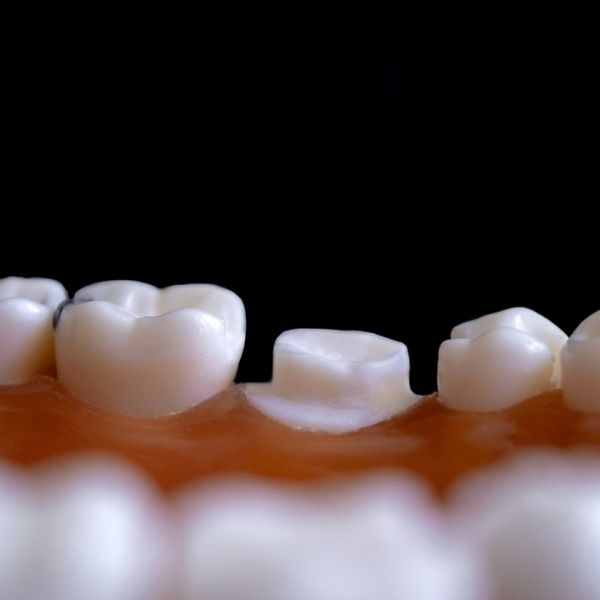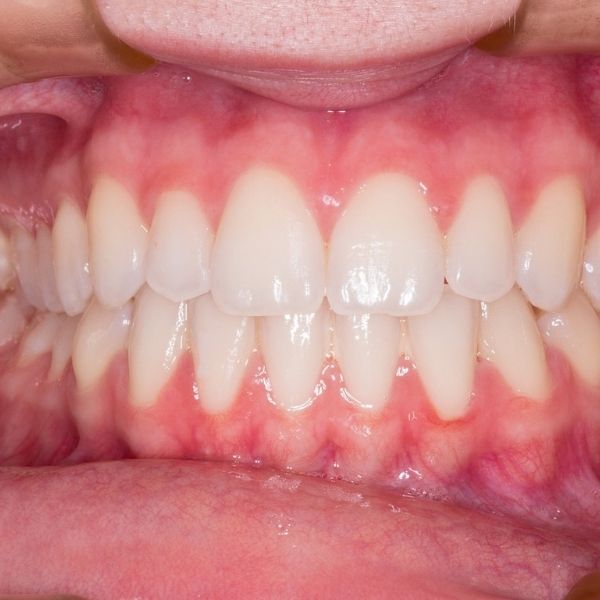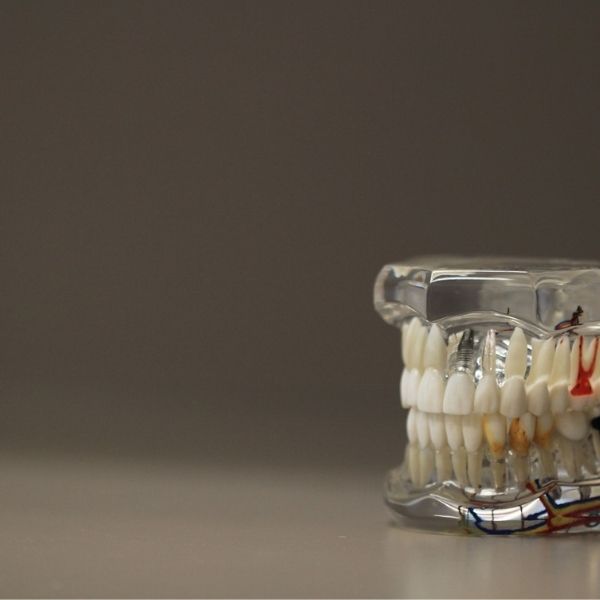Broken tooth treatment is a crucial topic for anyone who has experienced the sudden shock of a broken tooth. Whether caused by trauma, decay, or even biting down on hard foods, a broken tooth can lead to various concerns. Knowing what to expect from broken tooth treatment can help ease your mind and ensure you receive the best care possible. This article addresses common questions about broken tooth treatment, helping you navigate the path to recovery.
1. What Should I Do Immediately After Breaking a Tooth?
The immediate actions you take after a break can significantly impact your recovery and the effectiveness of your broken tooth treatment. Here’s what you should do:
- Rinse Your Mouth: Use warm water to gently rinse your mouth. This will help remove debris and clean the area around the broken tooth.
- Control Bleeding: If you notice any bleeding, apply gentle pressure with a clean cloth or gauze until the bleeding stops.
- Avoid Certain Foods: Stay away from hot, cold, or hard foods that may aggravate the injury or irritate the surrounding gums.
- Seek Professional Help: Contact your dentist immediately to schedule an appointment. Timely intervention is vital in broken tooth treatment, as delays can lead to more severe issues.
2. How Will My Dentist Evaluate the Damage?
When you arrive for your broken tooth treatment, your dentist will perform a comprehensive evaluation to assess the extent of the damage. This process may include:
- Visual Inspection: The dentist will look closely at the broken tooth and surrounding tissues to understand the nature of the break.
- X-rays: Dental X-rays are often necessary to examine the roots of the tooth and the surrounding bone structure. This helps identify any additional issues, such as decay or infections.
3. What Are the Treatment Options for a Broken Tooth?
The appropriate broken tooth treatment depends on the severity and location of the fracture. Common treatment options include:
- Bonding: For minor chips or cracks, dental bonding may be sufficient. This involves applying a tooth-colored resin to the damaged area, which is then shaped and polished to match the natural tooth.
- Crowns: If a significant portion of the tooth is broken, a dental crown may be required. Crowns are caps that cover the entire tooth, restoring its shape and function while providing protection.
- Root Canal Therapy: If the fracture exposes the tooth’s pulp (the inner part containing nerves and blood vessels), a root canal may be necessary. This procedure involves removing the damaged pulp and sealing the tooth.
- Extraction: In cases where the tooth is too damaged to be saved, extraction may be the only option. Your dentist will discuss replacement options, such as dental implants or bridges, as part of your broken tooth treatment plan.
4. Will Treatment Hurt?
Concerns about pain during broken tooth treatment are common. However, your dentist will take measures to minimize discomfort. Local anesthesia is typically administered to numb the affected area, ensuring you feel little to no pain during the procedure. After treatment, some sensitivity or soreness may occur, but over-the-counter pain relievers can help manage this discomfort.
5. How Long Does Treatment Take?
The duration of broken tooth treatment can vary depending on the type of procedure required:
- Bonding: This quick treatment usually takes about 30 to 60 minutes and can often be completed in one visit.
- Crowns: Getting a crown typically involves two visits. The first appointment focuses on preparing the tooth and placing a temporary crown, while the second visit is for fitting the permanent crown. This entire process may take several hours over the two appointments.
- Root Canal Therapy: This procedure may require one or two visits, each lasting about 60 to 90 minutes, depending on the complexity of the case.
6. What Can I Expect After Treatment?
Post-treatment experiences may vary, but here are some common aspects to consider for your broken tooth treatment recovery:
- Sensitivity: It’s normal to experience some sensitivity to hot or cold temperatures after treatment. This sensitivity should gradually diminish over the following days.
- Bite Changes: After receiving a crown or filling, your bite may feel different. If it seems uneven or uncomfortable, contact your dentist for adjustments.
- Follow-Up Care: Your dentist may recommend follow-up visits to monitor the healing process and ensure that the tooth is functioning properly. Adhering to these appointments is essential for effective broken tooth treatment.
7. How Can I Prevent Future Tooth Breakage?
To reduce the risk of experiencing a broken tooth in the future, consider these preventive measures as part of your overall broken tooth treatment strategy:
- Avoid Hard Foods: Refrain from chewing on hard items, such as ice, hard candies, or bones, that can lead to fractures.
- Wear a Mouthguard: If you participate in contact sports or have a habit of grinding your teeth at night, wearing a mouthguard can protect your teeth from injury.
- Maintain Good Oral Hygiene: Regular brushing and flossing, along with routine dental checkups, can help keep your teeth healthy and reduce the risk of decay that weakens tooth structure.
8. When Should I Seek Emergency Care?
If you experience a broken tooth with severe pain, swelling, or heavy bleeding, seek emergency dental care immediately. Timely intervention is crucial in such situations to preserve the tooth and alleviate discomfort as part of your broken tooth treatment.
Understanding the ins and outs of broken tooth treatment can help alleviate concerns and ensure you receive appropriate care. If you experience a broken tooth, take immediate steps to manage the situation, and don’t hesitate to contact your dentist. With timely treatment and preventive measures, you can maintain a healthy smile and minimize the risk of future dental issues.





